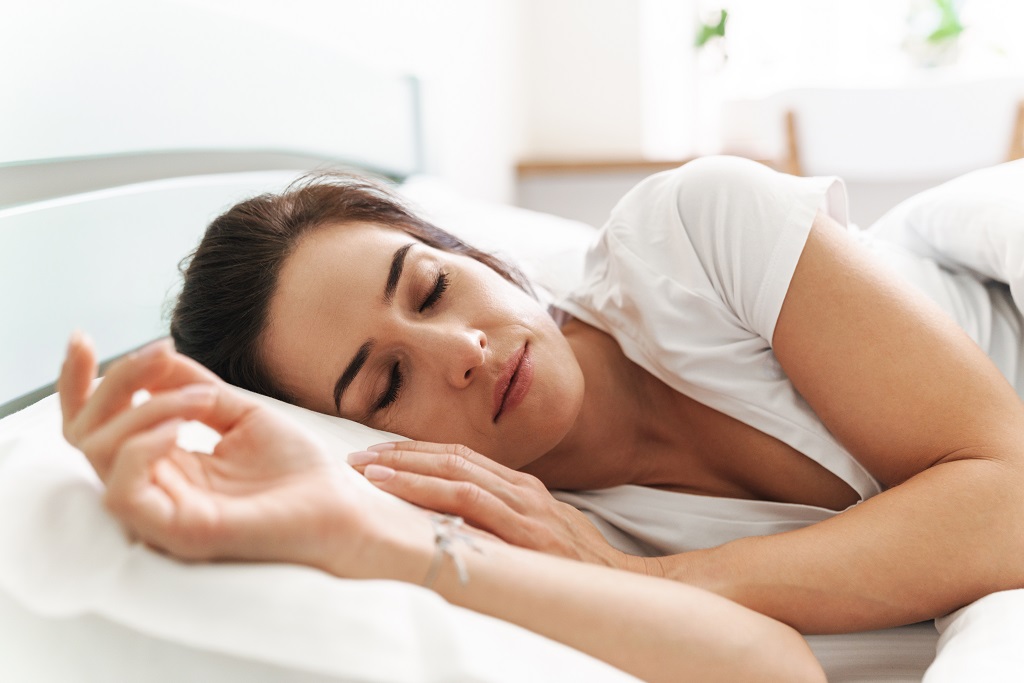Get sleep apnea treatment from the comfort of your own home, anywhere in Texas.
No need to spend a night in a sleep center. Our telehealth sleep study allows you to undergo the assessment in the comfort of your own home, eliminating the inconvenience and disruption of a hospital visit.
Take the first step toward better sleep health by exploring our telehealth sleep study services. Contact us today to schedule a consultation and embark on your journey to a more restful and rejuvenating night’s sleep.
